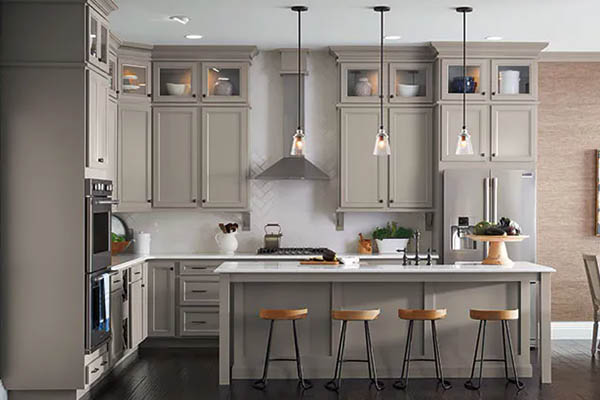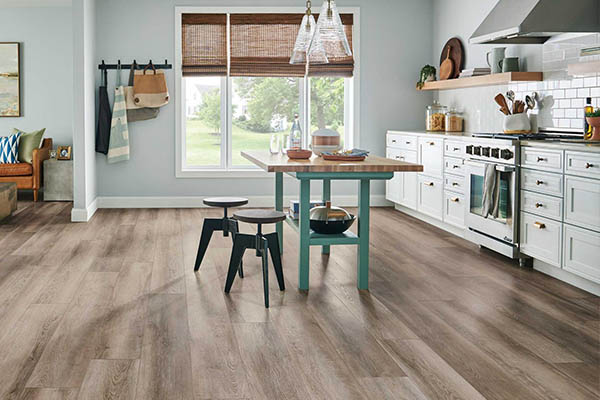Grout Trends & Ideas To Spruce Up Your Tiles
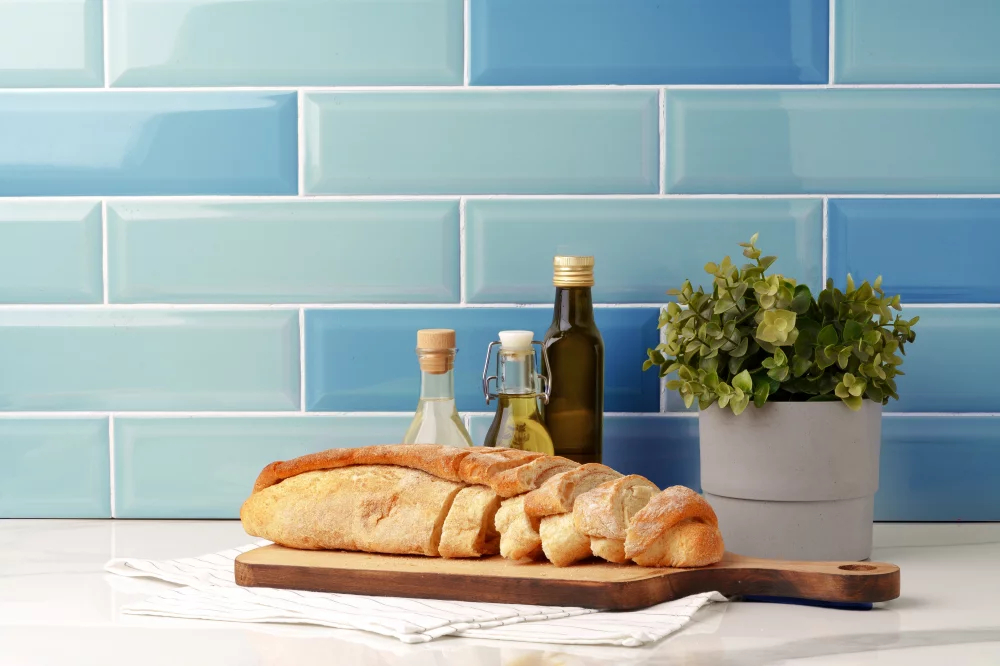
There’s only one thing more important than choosing the right tiles, and that’s choosing an appropriate tile grout. While this might seem like a secondary functional necessity with less value— tile grout is, in fact, one of the most essential design elements in putting together a seamless look! And it becomes a tricky choice when you browse through the options… The possibilities are endless, from neutral colors that create a minimal look to bold grout hues for a statement.
Keep reading to learn all about grout trends and ideas so you can make the best decision for your home 🤍
Choosing The Right Tile Grout: Why is it Important?
It’s natural for flooring and lighting to take the main stage when designing a room. The result? Tile grout is pushed to the end of the priority list. However, when planned with detail and attention, tile grout can offer multiple benefits—both in terms of visual aesthetics and maintenance requirements.
The right tile grout completes the look of an interior and gives the entire space a seamless look. Beyond aesthetics, grout is responsible for protecting your tiles and the surface beneath. It does this by preventing moisture from seeping into the substrate— and preventing tiles from cracking (or rubbing against each other).
Tile Grout: What are the Types?
There are three types of tile grouts, each with its own pros and cons.
- Epoxy grout is perfect for rooms with high water exposure and areas that experience frequent earthquakes. It is non-porous and appears soft, but it is slightly expensive and difficult to install.
- Sanded grout is versatile and does not require sealing. Its added water resistance and bonding qualities make it suitable for large grout joints. However, it cannot be used with certain stone materials.
- Cement-based grout is easy to work with, so its a great pick if you’re looking to DIY. The drawback? It is prone to staining and discoloration.
Grout Trends & Ideas
Be it your bathroom or kitchen, a room with tiles can always be spiced up with unique tile grout trends and ideas— stay tuned to discover some of the most exciting designs!
Add A Pop of Color To Neutral Tiles
A minimal room with neutral tiles (in hues like white or beige) can, more often than not, get boring. Though you can inject a splash of color through decor, using interesting grout tiles, such as glitter or metallic, is a smart way to introduce a serendipitous touch to a mundane interior. If your tile surface is glossy, the grout can even reflect and shine through the tile— making for an incredibly unique addition.
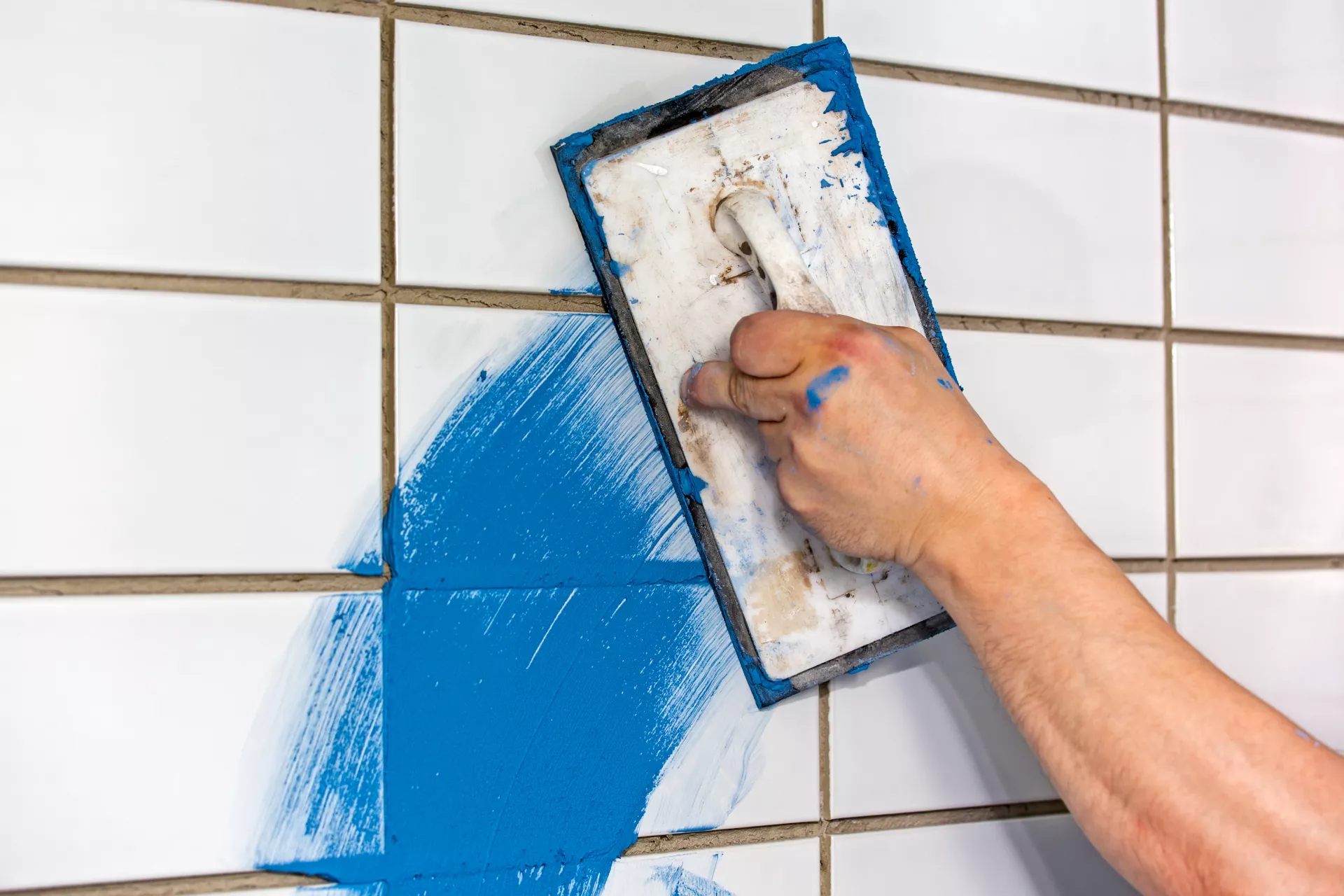
Go Tonal
In contrast to a funky tile grout, a tonal grout and tile is a subtle pairing that allows the tile to steal the show — and act as the focal point. When using the same grout shade as the tile color, the trick is to look for interesting tile designs, such as a herringbone pattern or a vertical stack, and stray away from traditional options (like brick tiles). Tiles in unique colors like a soft gray-blue can further add to the beauty.
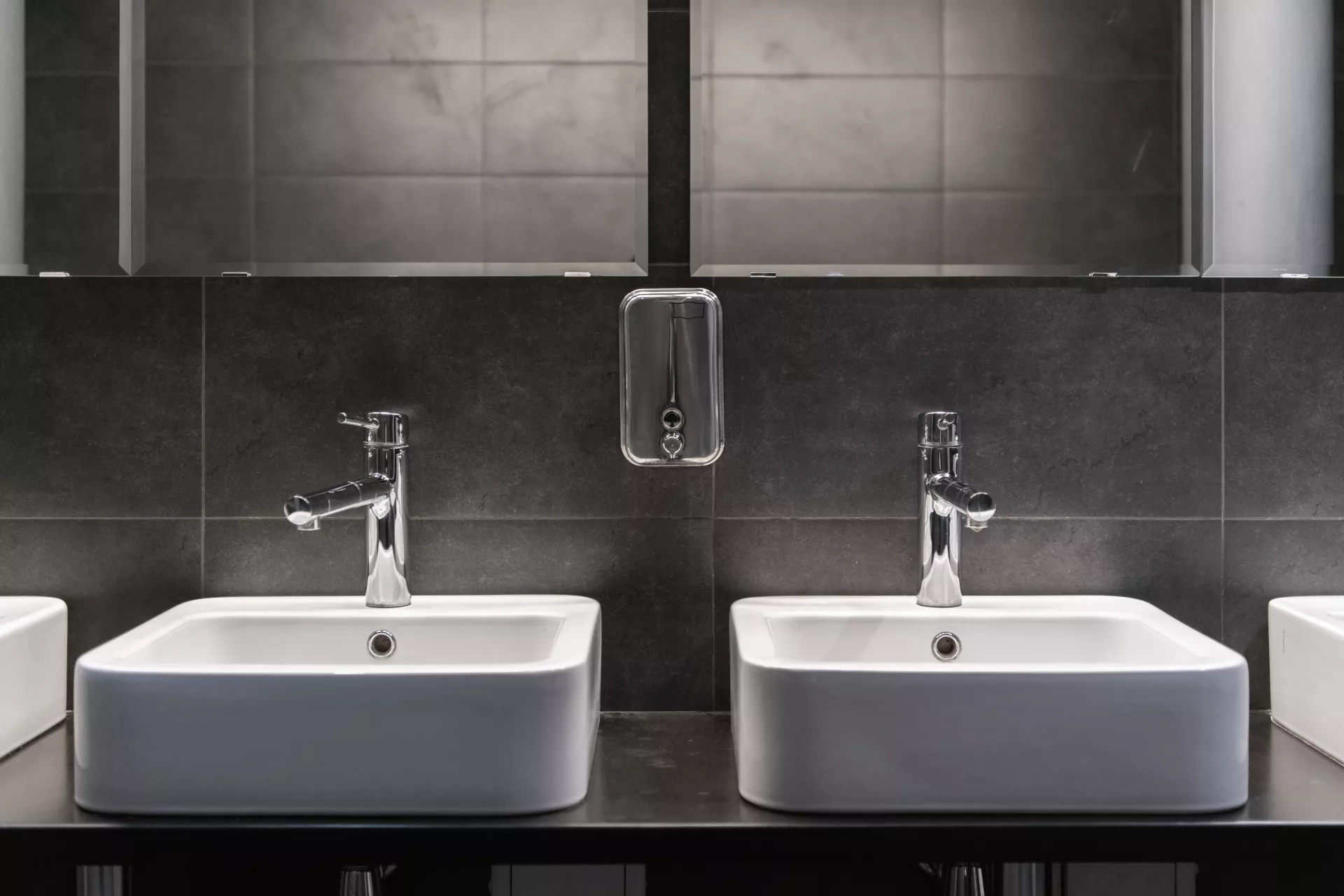
Aim to Create a Contrast
Pairing dark grout with light tiles can create striking depth while adding dimension to the scene. Not only will this enhance the look of the light tiles, but dark grout is also easy to clean and maintain — a perk every kitchen backsplash needs.
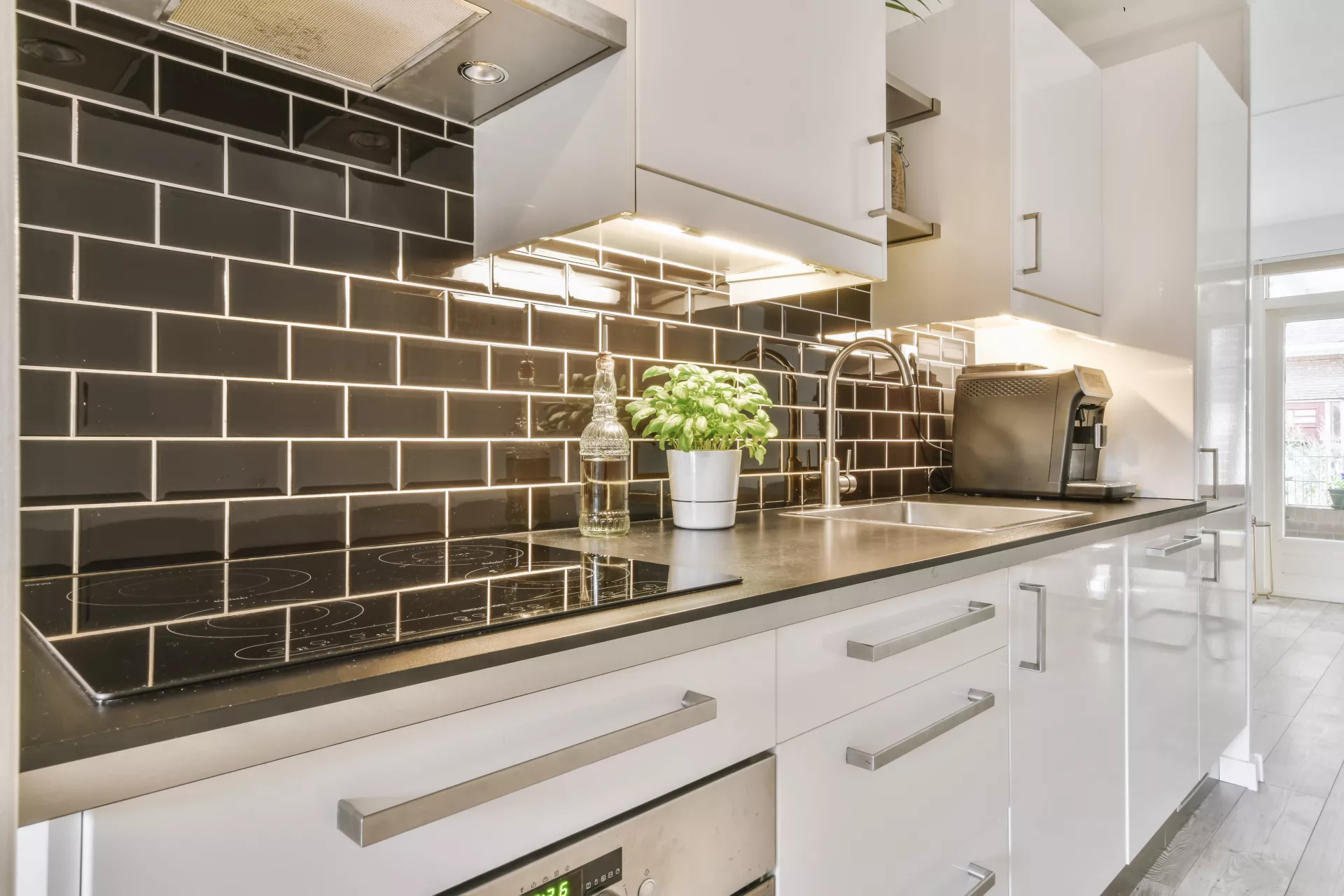
Experiment With Different-Sized Grouting Joints
Different-sized grouting joints can create visual interest as well as add an extra pattern without entirely relying on the tiles. Tip— Apply chunky grout lines on the horizontal joints, and go for thin grout on the vertical joints. This will create a contemporary look intertwined with an organic vibe.
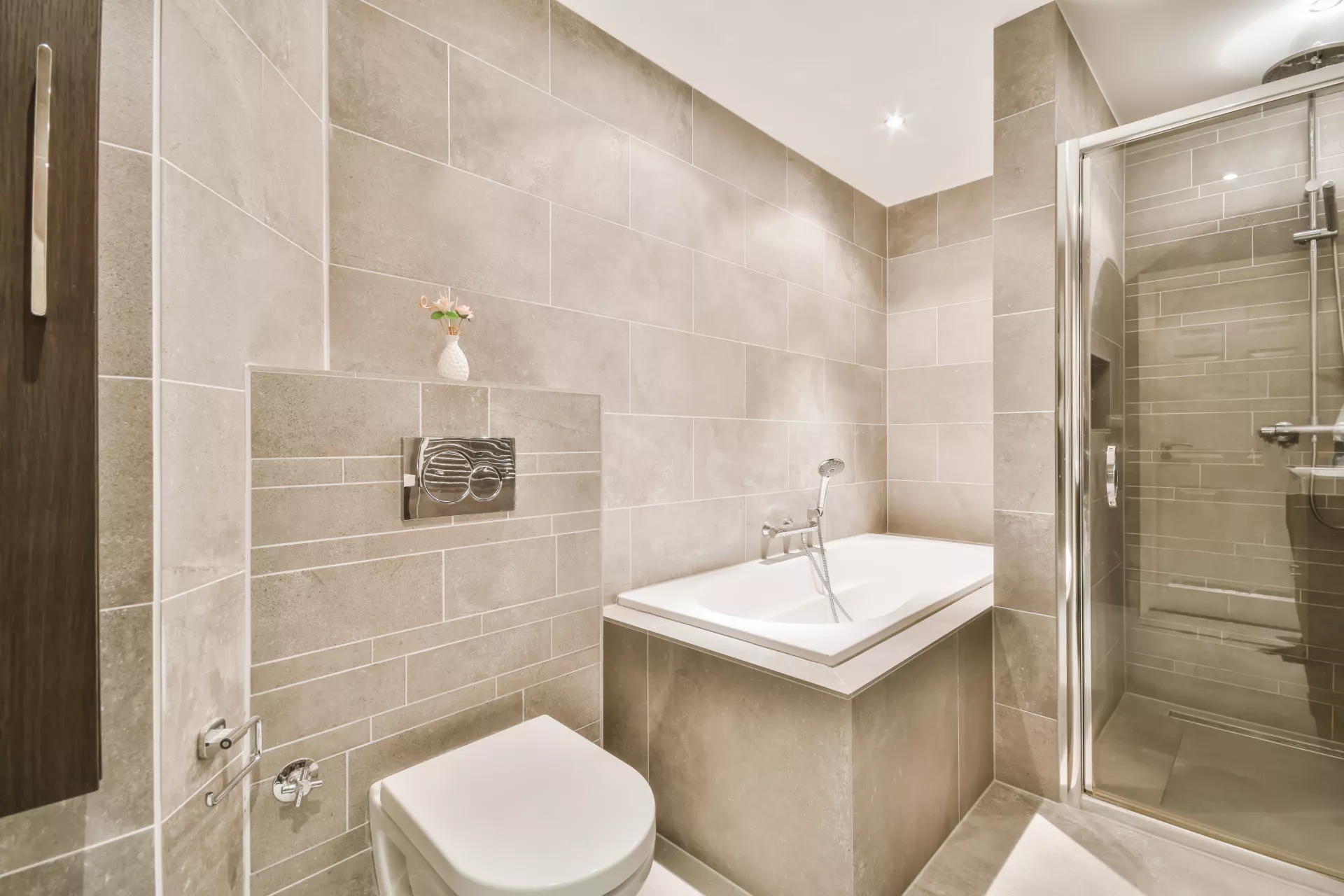
Tips & Tricks To Choose The Best Tile Grout
- Decide on the look you want to create. For example, lighter tile grouts create a more blended look. In contrast, darker hues contribute to a more dramatic effect. Tip— If you want to highlight a color in the tile, look for grout in a shade closest to the tile’s accent color.
- Choose the right grout color. After you’ve decided on the desired color, make sure to view grout samples (instead of relying on the color shown on the packaging) for reliable results at the end.
- Consider the surrounding colors. Apart from the tile color, the surroundings — like the cabinetry or countertops — also impact the most appropriate tile grout. A bit of brown, for example, can coordinate with wood used elsewhere in the room, thus tying the look together.

Frequently Asked Questions
Is oversized grout practical?
Oversized grout lines are having a moment, but that doesn’t necessarily mean they’re going to work for you, too. Chunky tile grout, especially in light colors, can be difficult to clean. However, if you’re set to create a warm look with more depth (and texture), terracotta floors with wide tile grout will do great.
Do grout stains work?
Yes, grout stains work. If your tile grout doesn’t come out as expected, staining the grout can help even out the color and even darken the shade. Grout stains will also protect the surface from staining and discoloration.
Give Your Tiled Interior A Fresh Look!
The best tile grout trends and tile grout ideas come down to the traffic levels in your home, the tile color being used, and the aesthetic you’re looking for. The job can be tedious, but the results are definitely super rewarding.
Read our article: Decorating With Tiles: Everything You Need To Know to find more information about tiles.


